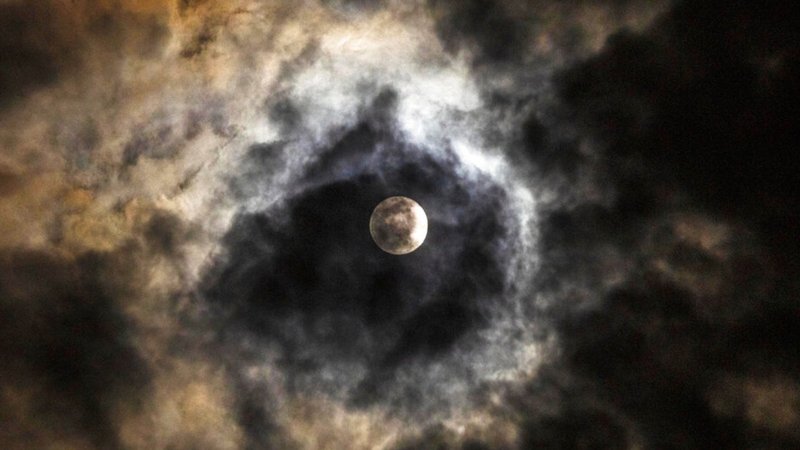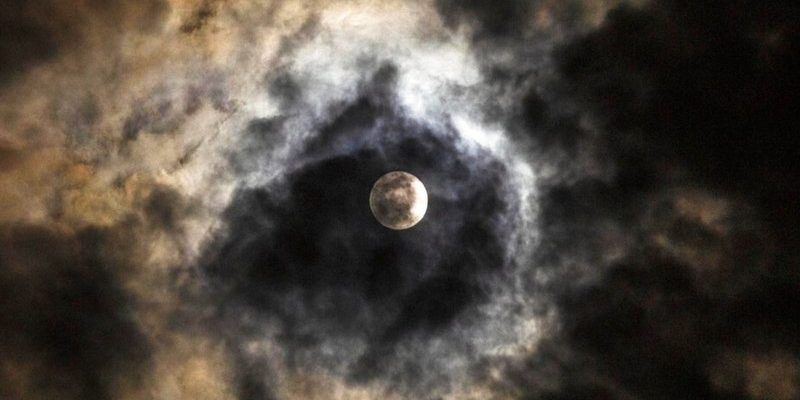
As a content writer who loves exploring the wonders of nature, I find the connection between ribbon worms and moon tides incredibly intriguing. You might be wondering why these creatures are more active during this time and what you can observe when you spot one. Let’s delve into the world of ribbon worms and their curious behavior during full moon tides.
What Are Ribbon Worms?
Ribbon worms, scientifically known as **Nemertea**, are long, soft-bodied invertebrates that can stretch to impressive lengths. Some species can grow over 30 feet long, while others hang out around the size of a typical garden hose. When you see one gliding through the water, it resembles a vibrant ribbon swirling in the current. These creatures come in a variety of colors, ranging from deep reds to bright yellows, making them a beautiful sight to behold.
You might be surprised to know that ribbon worms are not just simple worms. They possess a unique feature called a **proboscis**, which they can extend to capture prey. Think of it as a retractable tongue that helps them snag small fish, crustaceans, and even other worms. This makes them effective hunters in the marine ecosystem. It’s like having a secret weapon hidden away, waiting for the right moment to strike.
Ribbon worms live in various habitats, including sandy beaches, rocky shorelines, and tidal estuaries. They often prefer hiding in the sand or among seaweed to avoid predators while they hunt or breed. So, if you locate one during low tide, it’s a sign that you’ve stumbled upon a fascinating part of marine life.
Why Full Moon Tides Matter
Now, you might be curious about why **full moon tides** play such a crucial role in ribbon worm sightings. The gravitational pull of the moon affects the ocean tides, creating higher high tides and lower low tides during this lunar phase. During a full moon, the water levels shift dramatically, exposing extensive areas of the shore that are usually submerged. For ribbon worms, this shift means an opportunity for feeding, migrating, or mating.
When the tides are high, ribbon worms are often pushed closer to shore, making them easier to spot. It’s like a perfect storm of conditions that draws these creatures out into the open. If you go beachcombing during a full moon, you might notice more activity in the water and more chances to catch a glimpse of these elusive worms.
Moreover, the full moon’s light creates a unique ambiance that can stimulate the natural behavior of many marine organisms, including ribbon worms. They might feel more comfortable venturing out when they sense the change in tide and illumination. Honestly, it’s nature’s way of reminding us of the intricate connections between the moon, tides, and marine life.
How to Spot Ribbon Worms During Full Moon Tides
If you’re itching to see ribbon worms in action, timing is everything. To enhance your chances, plan your beach visit around the full moon and low tide. Here are some practical tips for your moonlit adventure:
- Check Tide Charts: Make sure to look at local tide charts to find the best times for low tide during the full moon.
- Head Out at Night: The full moon provides enough light to explore the beach, but you’ll still want to bring along a flashlight for spots that are dimmer.
- Look for Wet Sand: Ribbon worms often emerge in wet areas where they can hunt or breed. Pay attention to any patches of moist sand or small tidal pools.
- Observe Movement: Watch for any signs of movement in the surf. Their elongated bodies can appear gracefully rippling as they swim or inch along the sand.
It’s important to be patient. You may need to spend some time observing and letting nature take its course. Sometimes, just standing quietly and watching will reveal more than you expect. You might even find yourself captivated by the rhythm of the waves and the creatures that call it home.
Ecological Importance of Ribbon Worms
You may be wondering if these marvelous ribbon worms hold any significance in their environment. The answer is a resounding yes! Ribbon worms are an essential part of marine ecosystems. They serve as both predators and prey, contributing to the balance of life beneath the waves.
As predators, they help control populations of smaller marine organisms, ensuring that no one species dominates the ecosystem. This predatory role is crucial for maintaining biodiversity. On the flip side, they also fall prey to various larger creatures, including fish and seabirds. This cycle of life is what keeps the marine environment healthy and functioning.
Additionally, ribbon worms play a role in the nutrient cycling of coastal sediments. By burrowing in the sand and moving around, they help aerate the soil, which allows for better growth of seagrasses and other marine plants. This is vital for creating habitats for many other marine animals.
So, the next time you see a ribbon worm, remember that you’re witnessing a vital piece of a larger puzzle that contributes to the richness of our oceans.
Some Fun Facts About Ribbon Worms
Learning about ribbon worms can be a fun experience, especially when you discover some quirky facts. Here are some delightful tidbits that might surprise you:
- Color Variety: Ribbon worms can come in a rainbow of colors, and some are even bioluminescent! This means they can glow in the dark, adding another layer of beauty to their nighttime appearances.
- Regeneration: If a ribbon worm loses a part of its body, it can regenerate! This incredible ability is something that many other marine creatures can only dream of.
- Feeding Strategies: In addition to their proboscis, some ribbon worms are capable of using toxins to immobilize their prey, showcasing a unique survival strategy.
- Size Variability: Different species exhibit a range of sizes, with some being mere inches long while others can reach up to 30 feet!
These fascinating creatures are filled with surprises, making them a thrilling aspect of marine life. The next time you’re at the beach during a full moon, keep an eye out for these ribbon-like wonders.
Experiencing ribbon worm sightings during full moon tides can be a unique and memorable adventure. By aligning your beach strolls with the moon’s phases and the shifting tides, you open the door to a world of hidden beauty right beneath the ocean’s surface. Honestly, there’s something magical about watching these creatures in their natural element, especially under the glow of the moonlight.
So, grab a friend, plan your next beach outing around a full moon, and keep your eyes peeled for those vibrant ribbons dancing in the surf. Nature has a way of surprising us, and who knows? You might just become entranced by the beauty of ribbon worms while discovering all the wonders the ocean has to offer.

